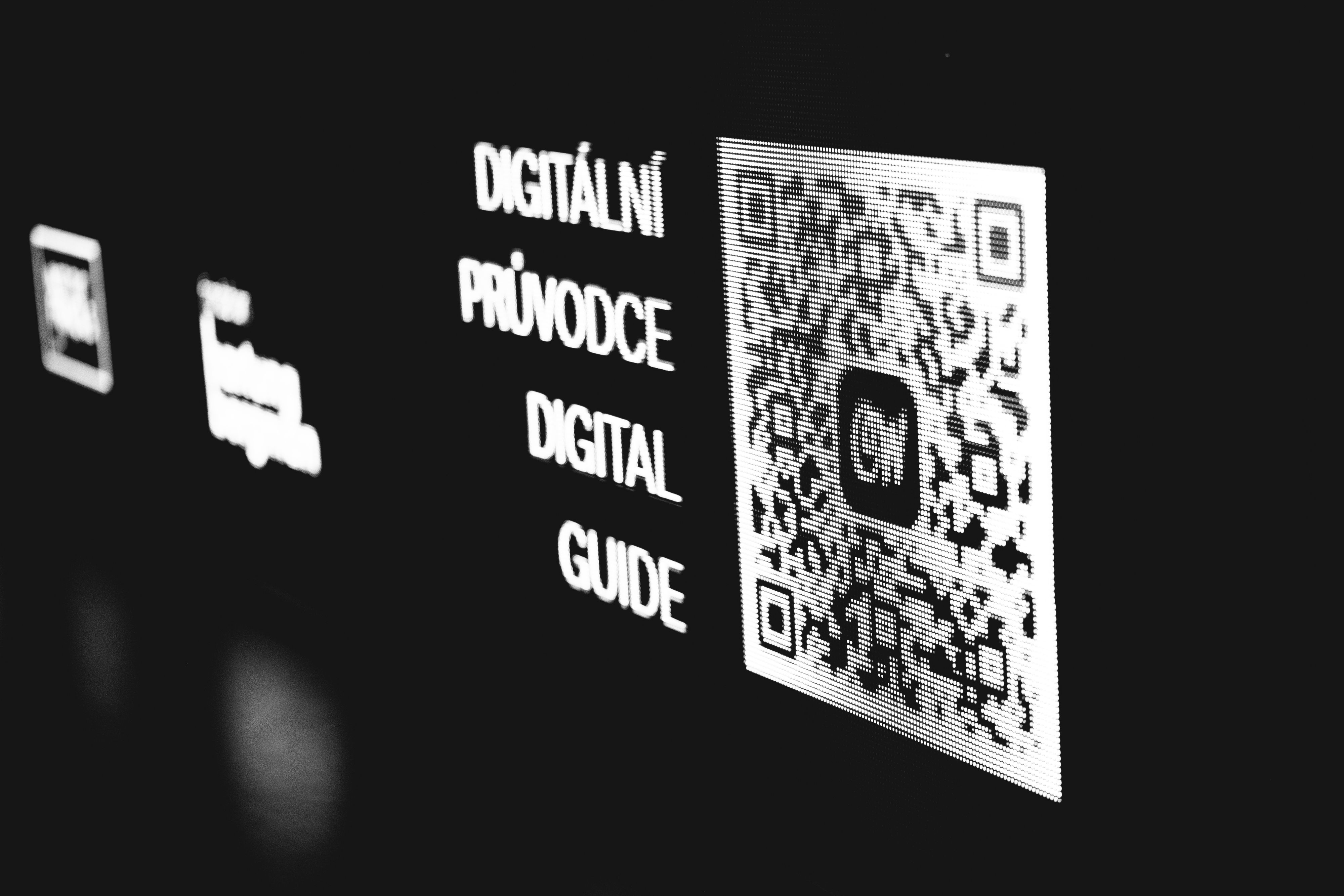A museum visitor without deep knowledge of medieval iconography may not understand the sophisticated combination of symbols on a Gothic panel painting. A visitor who last encountered geology in high school may not fully appreciate the rarity of specimens in a mineralogy exhibition. The traditional way to address this issue is for the curator to speak on behalf of the exhibits, usually through texts and labels. However, these rarely meet the expectations of all readers. Depending on individual preferences, they may be too detailed or too brief, too technical or too superficial, too elitist or too popular. They may be written in a language the visitor does not understand—whether it be a foreign language or an unfamiliar style. They do not allow for conversation and cannot respond to individual interests. They are linear and static. They are not accessible.
Exhibits can tell stories
New technologies open up new possibilities. Imagine an artificial intelligence trained on digitised museum collections. Such a generative AI is able to link more general information from large language models to the theme of the exhibition and to knowledge about specific exhibits. It can answer any question about any exhibit. In addition, she can tell a story in an interactive and personalized way. She can speak all the world's languages as well as modify the style of speech to make it more understandable to the person. She has the ability to be both serious and funny. Will provide a reasonable level of detail whether speaking to an expert or a novice. Can answer questions. Can take into account the preferences of a particular visitor and direct the conversation accordingly. Dialogue with her will stimulate interest and draw more people in.
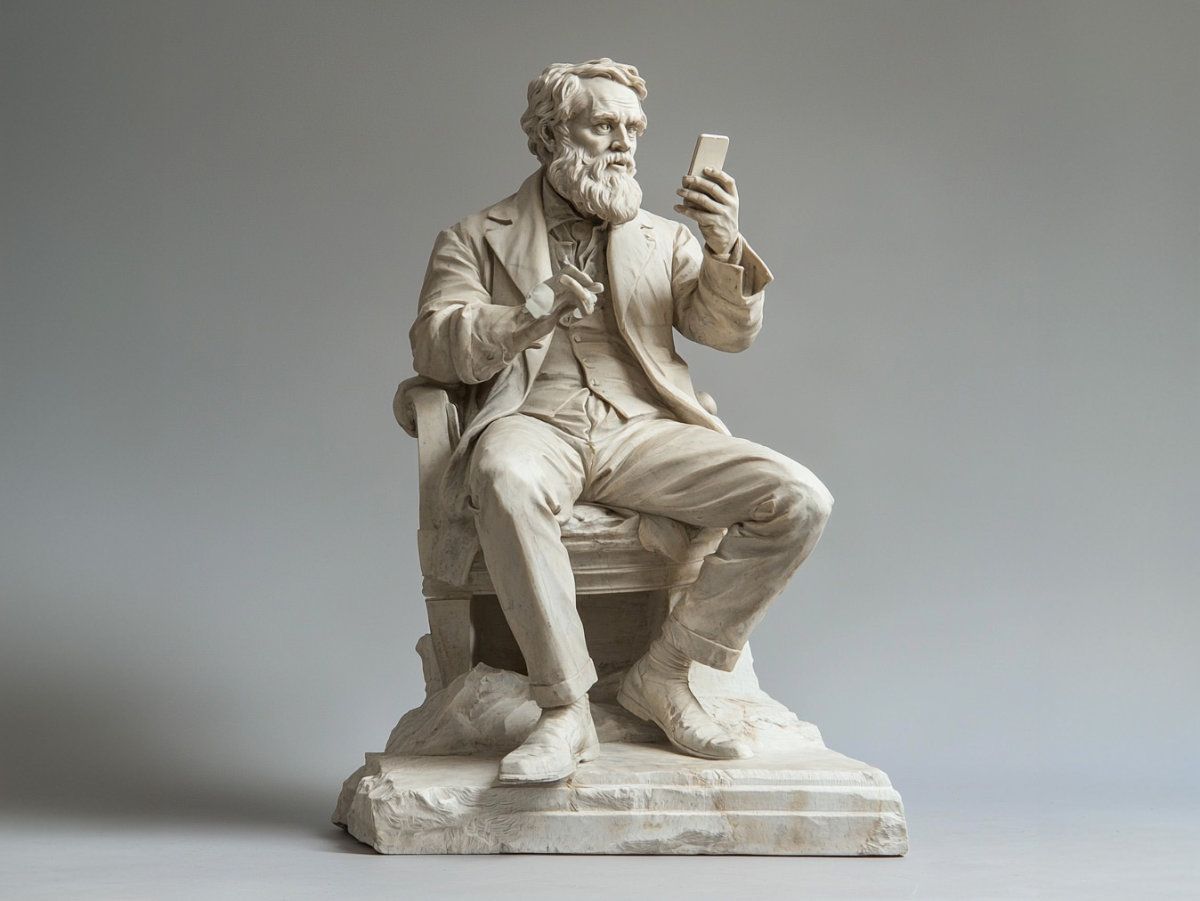
Statue of a scientist with a smartphone, 19th century. Generated with MidJourney v6. Prompt: 19th century stone statue of a scientist holding a smartphone and talking, soft light grey background, softbox
Historical figures can come to life
Generative AI does not have to communicate only as an "ethereal entity" in neutral form. One skill that language models are very good at is so-called role-playing, i.e., formulating messages in the way a human with a certain type of knowledge and experience would respond. Typically, this feature is used when the user is trying to specify what output they need to obtain. For example, "Imagine you are a professor of art history. Give me a suggestion for a walking tour of downtown Prague." or "Imagine you are a chef in a Michelin restaurant, what dishes would you recommend me to try when visiting the Czech Republic".
"Imagine you are Václav Havel. Describe to me the most important moments of the Velvet Revolution." Provided that the model has been trained on enough data about Václav Havel, for example, articles about him or his publications, it will be able to imitate Havel's response. Even if the base model does not have this information, it can be added to create a replica of any personality. What would a tour of the National Museum by František Palacký look like? Or a visit to the memorial at Vitkov in the company of a virtual legionary learned from the records of the Memory of the Nation project?
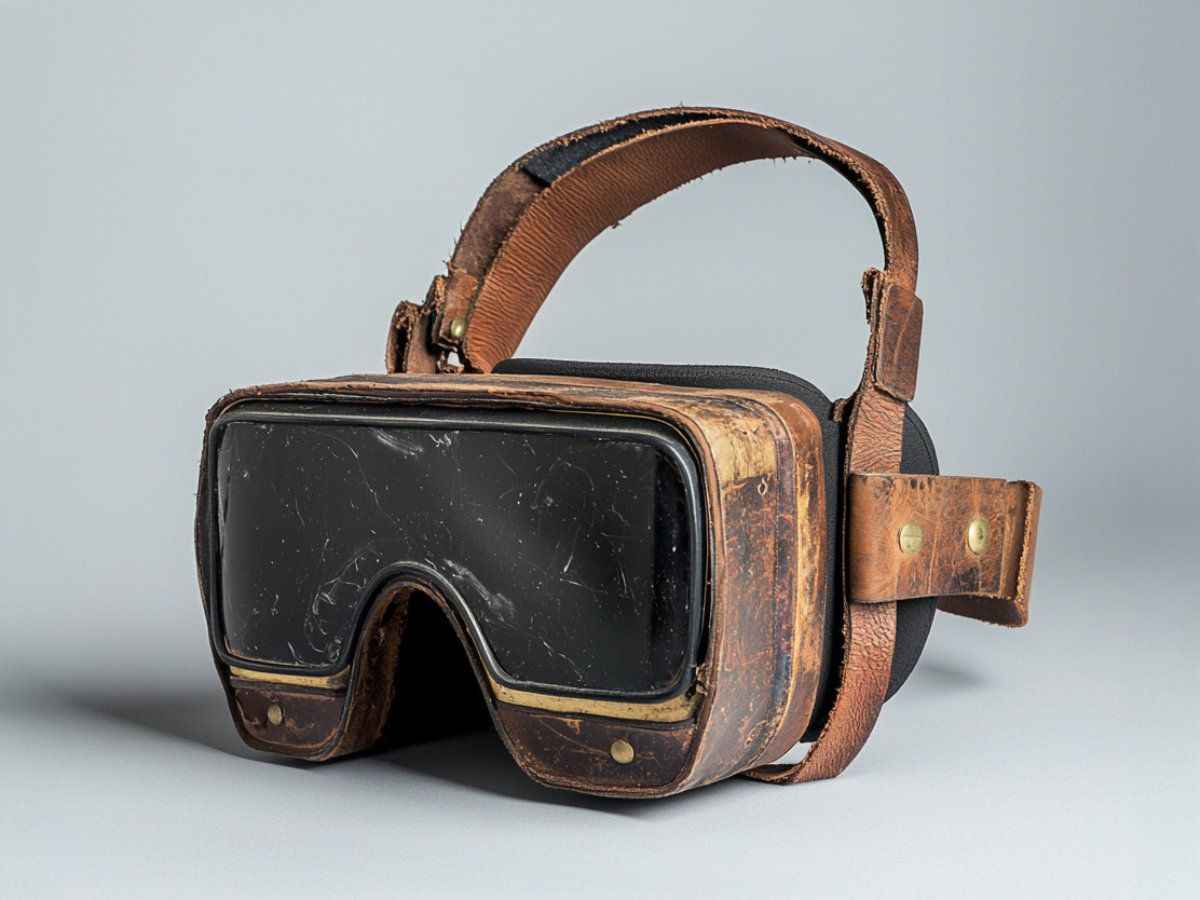
A VR headset from the 19th century. Generated with MidJourney v6. Prompt: Scientific instrument, soft light grey background, softbox, 19th century VR headset, brass and leather
Exhibits can be shown again in their original environment
Museum exhibits were not always museum exhibits. In the past, they fulfilled a variety of functions, were part of nature or a normal part of people's lives. Baroque religious paintings hanging in an exhibition or ancient jewellery in a glass case are taken out of their original context and it is hard to imagine their former meaning. What was the world to which they belonged? What else surrounded them? What meanings did they carry? Who did they belong to? What people used them?
The exhibits are a physical bridge to a distant reality that can now be recreated. Image and video generators (such as MidJourney or Sora) can bring lost worlds closer and make it easier for visitors to understand the meaning of the objects on display. While simulations of all kinds, from dioramas to film to virtual reality, are not new to museum practice, until now their creation has come at considerable cost. Now, however, these simulations can be created automatically and in a matter of seconds. Today it is easy to prepare different versions of the environment, colour black and white photographs, re-generate lost parts of works or create live videos from still images.
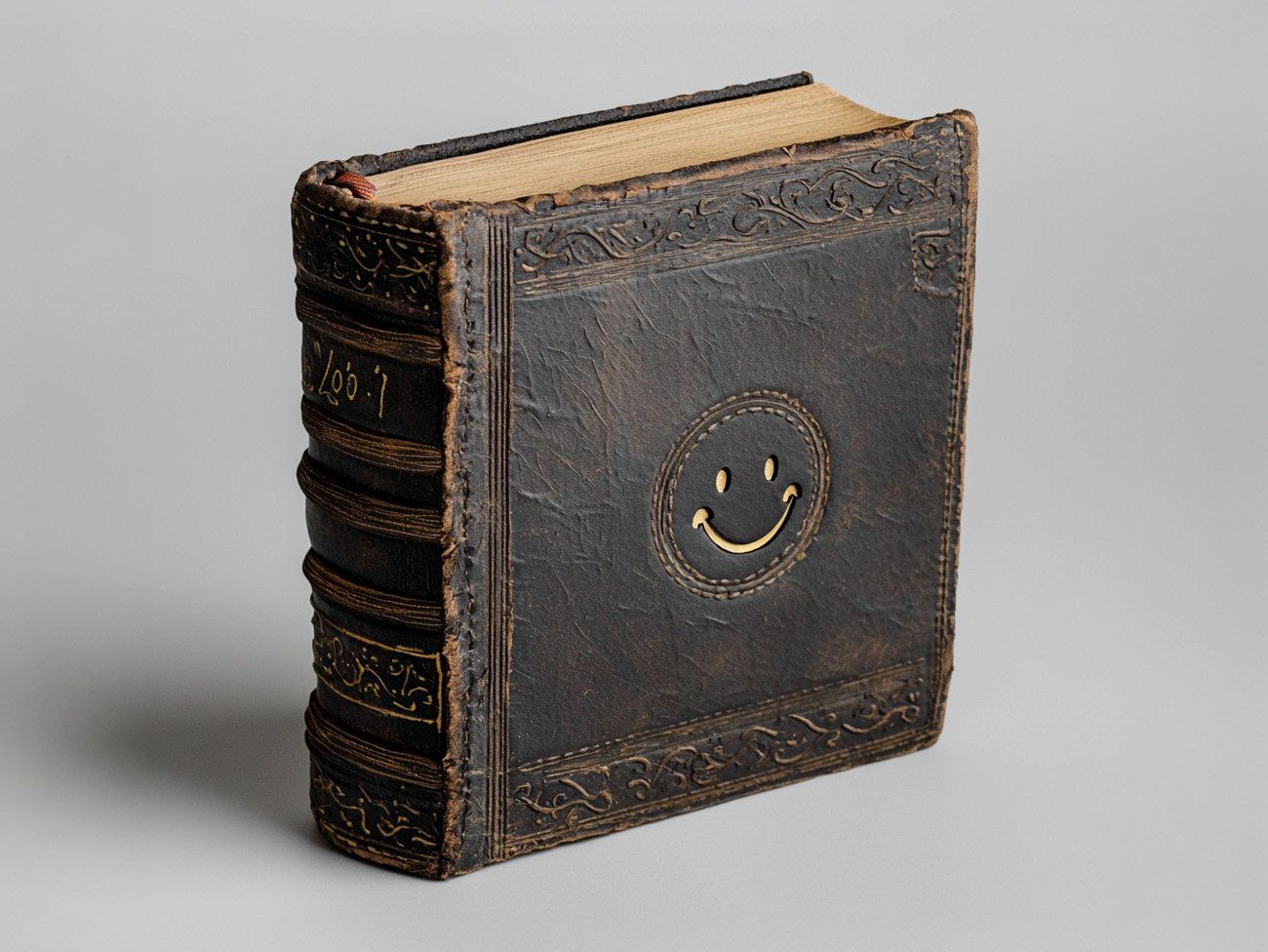
An 18th century travelogue with an emoji icon. Generated with MidJourney v6. Prompt: 18th century travelogue, old book, leather cover, smile emoji face icons, soft light grey background, softbox
Everyone can have their own personal guide
For a JAWA lover, the technical plan of the "Perak" will be more engaging than the Slavic epic. For a Harry Potter fan, the historical tools from the alchemist's workshop may be more appealing than the Crown Jewels. The most interesting objects are not the ones most in plain sight. The truly remarkable exhibits may not be the most popular ones, but the ones one can relate to the most. Finding objects that match personal taste, however, can be difficult. Even a smaller museum displays hundreds of exhibits in a dozen rooms. However, time is usually short, and after a while the visitor loses attention. Instead of "true wonders", he sees only a multitude of "dust catchers" that do not tell him much. And if he does happen to find a really interesting exhibit, it is often only at the moment when he lacks the energy to explore it. (Or at the moment when a warning sounds about the approaching end of opening hours.)
New approaches can be used here, too. Recommendation algorithms powered by machine learning can act as personal guides. They can suggest personalized routes across the museum in a similar way to how they compile playlists on Spotify or feed on Instagram. Try to imagine entering a museum accompanied by its chief curator, who also knows your personal interests and the works you've enjoyed in the past. He or she will first ask about your current mood and the time you want to spend in the space, and then recommend exhibits you shouldn't miss. Such an algorithm will help each visitor find the most interesting corners and from
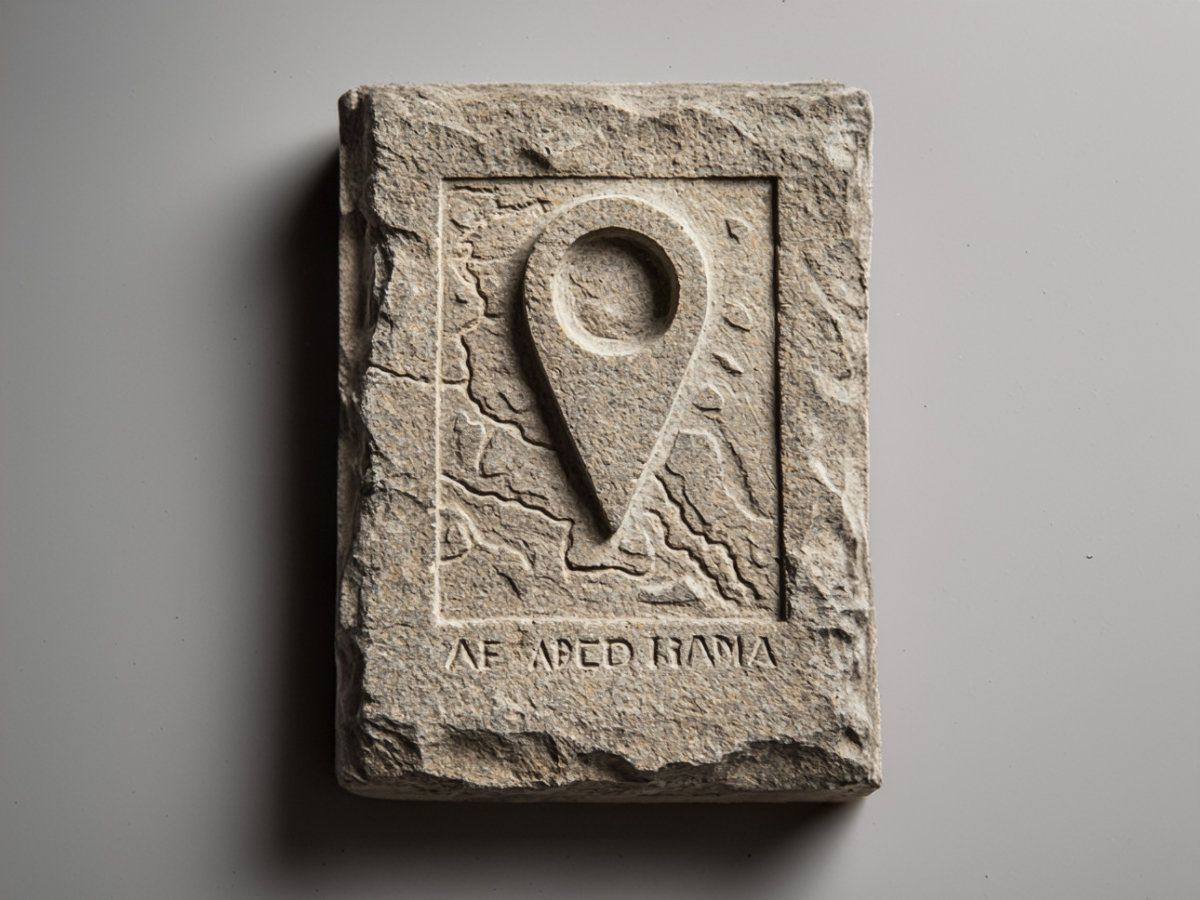
Roman milestone with icon from online map. Generated with MidJourney v6. Stimulus: ancient Roman milestone, embossed map marker icon carved in stone, Latin inscription, soft light grey background, softbox
Finding a great show can be easy
One of Murphy's Laws might be, "You won't know about the best show until it's over." Or maybe, "You won't know about the best exhibition in Paris until you get back home to Prague." It can be difficult to get a handle on what museums have to offer, especially when you are a tourist in a cultural capital. Without thorough research, one is left to the crowded branded institutions or risk being caught in one of the tourist traps. The smaller museum often goes unnoticed. Despite the fact that its programme may be the most interesting for you and that it is located only two blocks from your hotel. What is missing, however, are ways to find out about it. How to easily find an exhibition that will match the interests of a particular traveler.
Again, this is where current technology can be used. A guide who knows your tastes can give you a hint on where to go next. Whether you are planning a trip to a distant cultural metropolis or just wondering what new things to discover in your home town. The digital assistant can find inspiring exhibits within a specific exhibition, but also guide the visitor through museums. Depending on his interests and preferences, it will even reveal places that are not ranked in the Top 10 on Tripadvisor. For the art photography fan, it will show a lesser-known gallery and for the prehistory connoisseur, it will reveal a hidden archaeological collection. His knowledge will ease the way to an authentic museum experience.
Another opportunity is the ability of algorithms to react quickly to current topics. Museums are not in a closed bubble, but are part of the world around them. Meanwhile, the live issues filling the public debate, from politics to the environment, have their parallels in exhibition halls. Recommender systems need not be static, but can construct itineraries commenting on current events. They dynamically offer displays and exhibits with relevance to today, thus reinforcing the relevance of museums to present-day society.
Join us
New technologies are not just pink. Also in the case of intelligent systems, questions remain open about their "hallucinations", ethical and environmental implications, as well as towards the protection of personal data. Integration should therefore be carried out with an awareness of the shortcomings of these algorithms and with an effort to mitigate potential risks. However, museums should not reject these new tools, but instead actively seek ways to use them in a meaningful way.
As mentioned above, the incorporation of artificial intelligence and machine learning into museum exhibitions represents a significant step towards enriching the visitor experience. These technologies have an almost magical ability to 'bring exhibits to life' and present them in a more engaging way. Personal guides in the form of recommendation algorithms can help find exhibits that best match individual interests. Generative AI can simulate the original environment and easily render exhibits in an enriching context. Language models are able to convey personalized and accessible communication, overcoming language, cultural or knowledge barriers. They have the potential to create a more engaging experience, reach a wider public and promote inclusion. With their involvement, museums become more relevant to the present.
At Cabinet of Wonders, we are dedicated to finding meaningful intersections between artificial intelligence and the museum environment. We are developing a mobile guide that fully leverages the capabilities of AI to create a unique experience tailored to each visitor. If you're interested in working with us, we'd love to hear from you!
---
Lukáš Pilka is the founder and director of Cabinet of Wonders. He is also a digital designer, innovator, programmer, podcaster and enthusiast of old and new generative art. He completed his Ph.D. in 2022 focusing on the use of computer vision and neural networks to automatically classify artworks. Luke is also co-founder of the software company BlueGhost, creator of the experimental application DigitalCurator.art, and initiator of the Open Collections project.
